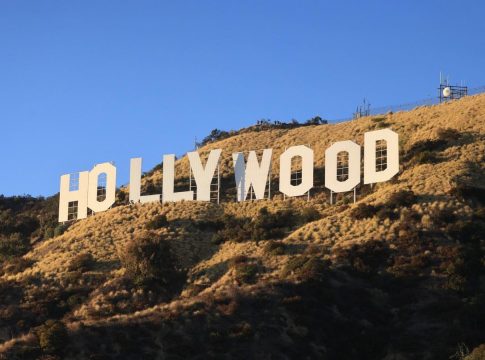Disney and Paramount’s Landmark Lawsuit Against AI Firm Midjourney
Introduction: A New Chapter in AI and Intellectual Property
In a significant development for the world of artificial intelligence, Disney and Universal have initiated a joint lawsuit against Midjourney, a leading generative AI platform known for creating realistic images. Filed in California, the suit asserts that Midjourney has trained its AI using copyrighted materials—specifically film stills and character images—without obtaining the necessary permissions. This case not only raises questions about copyright infringement but also sparks a debate on the future of AI in the creative industry.
The Core of the Complaint
At the heart of the lawsuit lies the allegation that the outputs generated by Midjourney closely resemble copyrighted content. According to Yelena Ambartsumian, a legal expert in AI governance, the studios are less concerned about past damages and more focused on an impending threat: Midjourney’s upcoming commercial video service, which could produce synthetic videos that potentially mimic copyrighted works.
The studios’ legal actions underscore their urgency; they aim to prevent Midjourney from launching its text-to-video capabilities, expressing concern that this could create convincing visual forgeries that infringe on their intellectual property.
Rethinking the "Transformative" Defense
Traditionally, generative AI companies have leaned on the “transformative use” concept within copyright law, which suggests that as long as the AI generates something new from existing works, it may escape infringement claims. However, this lawsuit challenges that notion. Dr. Manny Ahmed from OpenOrigins suggests that such a legal framework could face a significant overhaul, as the focus shifts from the training methods of AI to the potential outputs of AI models.
This pivotal distinction highlights a critical evolution in copyright disputes; instead of debating how copyrighted materials were used in training, the focus now pivots to what the models can produce post-training.
Implications for IP Law and AI Development
Another intriguing aspect of this case pertains to what can be considered “style.” For instance, can an AI mimic the artistic style of famous films without directly copying characters? The outcome of this lawsuit may not only set precedents for identifiable characters but also establish broader guidelines regarding cinematic aesthetics and style.
Lessons for AI Companies: Navigating Copyright Safeguards
Midjourney may face scrutiny for not implementing sufficient safeguards to mitigate the risk of copyright infringement. Experts suggest that the company should have considered ethical practices in its training processes, possibly forming collaborations or agreements with rights holders before deploying its models.
- Proactive Measures:
- Licensing content for training.
- Establishing clear guidelines on the type of outputs generated.
Implementing these measures could facilitate a smoother relationship with content creators, allowing for controlled replication under explicit conditions.
Looking Ahead: The Future of AI and Intellectual Property
Regardless of the outcome of this lawsuit, it underscores an urgent need for clearer regulations within the AI industry regarding intellectual property. As the landscape evolves, companies must recognize the importance of copyright compliance to prevent costly legal battles down the line.
As courts embark on defining the boundaries of AI-generated content, the industry must brace itself for the implications. The message is clear: overlooking copyright issues can lead to significant legal and financial repercussions, shaping the future of creative AI for years to come.

Writes about personal finance, side hustles, gadgets, and tech innovation.
Bio: Priya specializes in making complex financial and tech topics easy to digest, with experience in fintech and consumer reviews.

